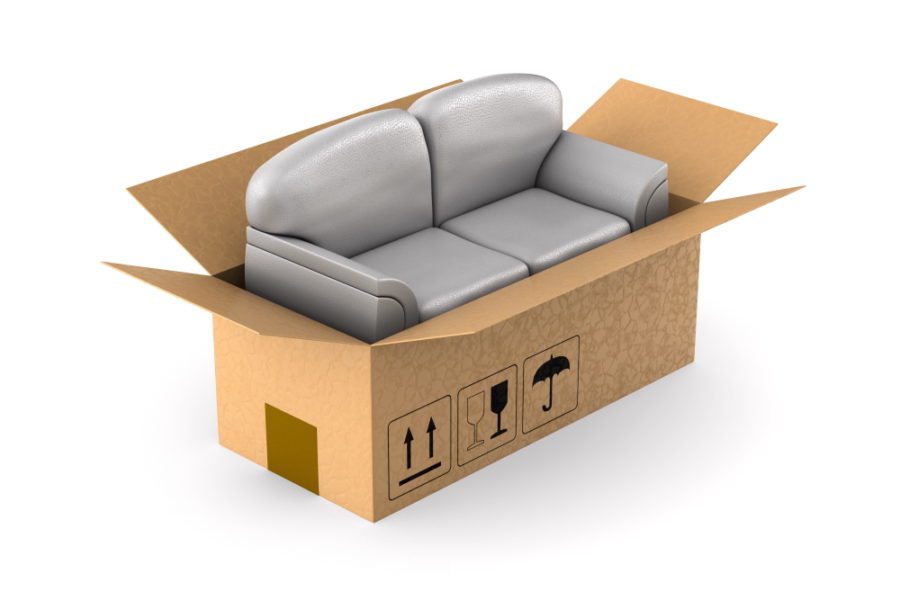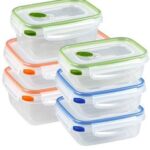Packaging for furniture serves several important purposes, including protection, transportation, and presentation. Here are some key considerations and common features of furniture packaging:
Protection: Furniture packaging must effectively protect the product from damage during transportation and handling. This often involves using sturdy materials such as cardboard, foam inserts, or bubble wrap to cushion the furniture and prevent scratches, dents, or other damage.
Durability: Packaging materials should be durable enough to withstand the weight and size of the furniture without tearing or breaking. Reinforced corners, thick cardboard, or plastic covers are often used to enhance durability.
Assembly Instructions: Clear and detailed assembly instructions are essential for furniture packaging, especially for products that require assembly by the consumer. Instructions may be included on paper inserts, printed directly on packaging materials, or provided through digital means such as QR codes.
Component Organization: Furniture packaging should be designed to keep components organized and prevent loss or damage during transit. This may involve using separate compartments or compartments within the packaging to hold screws, bolts, and other small parts.
Labeling: Labels on furniture packaging should include product name, model number, dimensions, weight, and any special handling instructions. Barcodes or QR codes may also be used for inventory and tracking purposes.
Branding and Marketing: Packaging plays a crucial role in branding and marketing furniture products. Eye-catching designs, logos, and messaging can help products stand out in stores and convey important information about the brand and product features.
Environmental Considerations: With increasing consumer awareness of environmental issues, furniture packaging may be designed with sustainability in mind. This could involve using recyclable materials, minimizing packaging waste, or using biodegradable packaging materials.
Handleability: Furniture packaging should be designed for ease of handling by both manufacturers and consumers. This may include features such as built-in handles, ergonomic design, or wheels for easy transport.
Size and Weight: Packaging should be appropriately sized and weighted to minimize shipping costs and maximize space efficiency during storage and transportation.
Regulatory Compliance: Furniture packaging must comply with relevant regulations and standards for safety, labeling, and environmental impact.
Overall, furniture packaging must balance practical considerations such as protection and transportation with consumer preferences for convenience, sustainability, and branding. As consumer expectations evolve and environmental concerns become more prominent, furniture manufacturers may continue to innovate and improve their packaging designs and materials.






